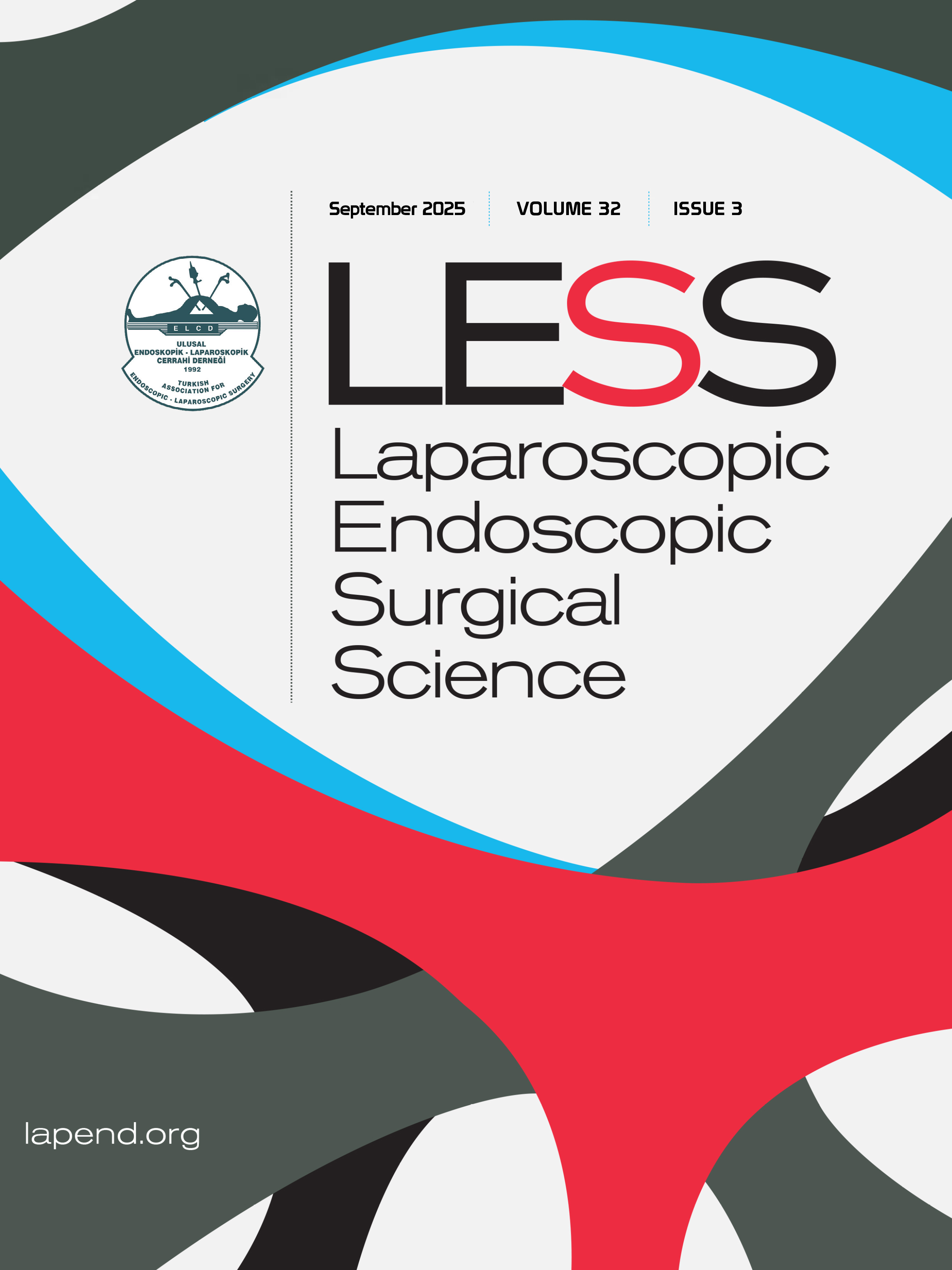The role of video-assisted thoracoscopic lung biopsy in the diagnosis of interstitial lung disease
Mesut Buz, Mehmet Ilhan Sesigüzel, Yunus Emre Özsaray, Rıza Berk Çimenoğlu, Mahmut Talha Doğruyol, Attila Özdemir, Recep DemirhanDepartment of Thoracic Surgery, University of Health Sciences, Kartal Dr. Lütfi Kırdar City Hospital, Istanbul, TürkiyeINTRODUCTION: Interstitial lung diseases (ILDs) are a heterogeneous group of disorders characterized by fibrosis and inflammation of the lung parenchyma. Early and accurate diagnosis is crucial for effective management and prognosis. Video-assisted thoracoscopic surgery (VATS) has emerged as a minimally invasive technique that provides sufficient tissue for histopathological diagnosis, particularly in cases where non-invasive methods, like high-resolution computed tomography (HRCT), are inconclusive.
METHODS: This retrospective observational study was conducted on patients with suspected ILD who underwent VATS lung biopsy between January 1, 2014, and January 1, 2024. Demographic data, clinical symptoms, imaging results, biopsy sites, and histopathological findings were collected and analyzed. The study aimed to evaluate the diagnostic role of VATS and the relationship between biopsy locations and diagnostic success.
RESULTS: A total of 39 patients were included, with a median age of 51 years (range: 2169). Of the patients, 59% were male, and 41% were female. Biopsies were performed on 85% of the right lung and 15% of the left lung. Specific diagnoses were achieved in 87% of cases, with idiopathic pulmonary fibrosis (30%), non-specific interstitial pneumonia (20%), and cryptogenic organizing pneumonia (15%) being the most common. Surgical complications were observed in 3.4% of patients, including prolonged air leakage in two cases.
DISCUSSION AND CONCLUSION: VATS is a reliable and minimally invasive method for diagnosing ILD, providing high diagnostic accuracy and a low rate of complications. This study demonstrates the clinical utility of VATS in obtaining accurate histopathological diagnoses in patients with interstitial lung diseases.
Manuscript Language: English















